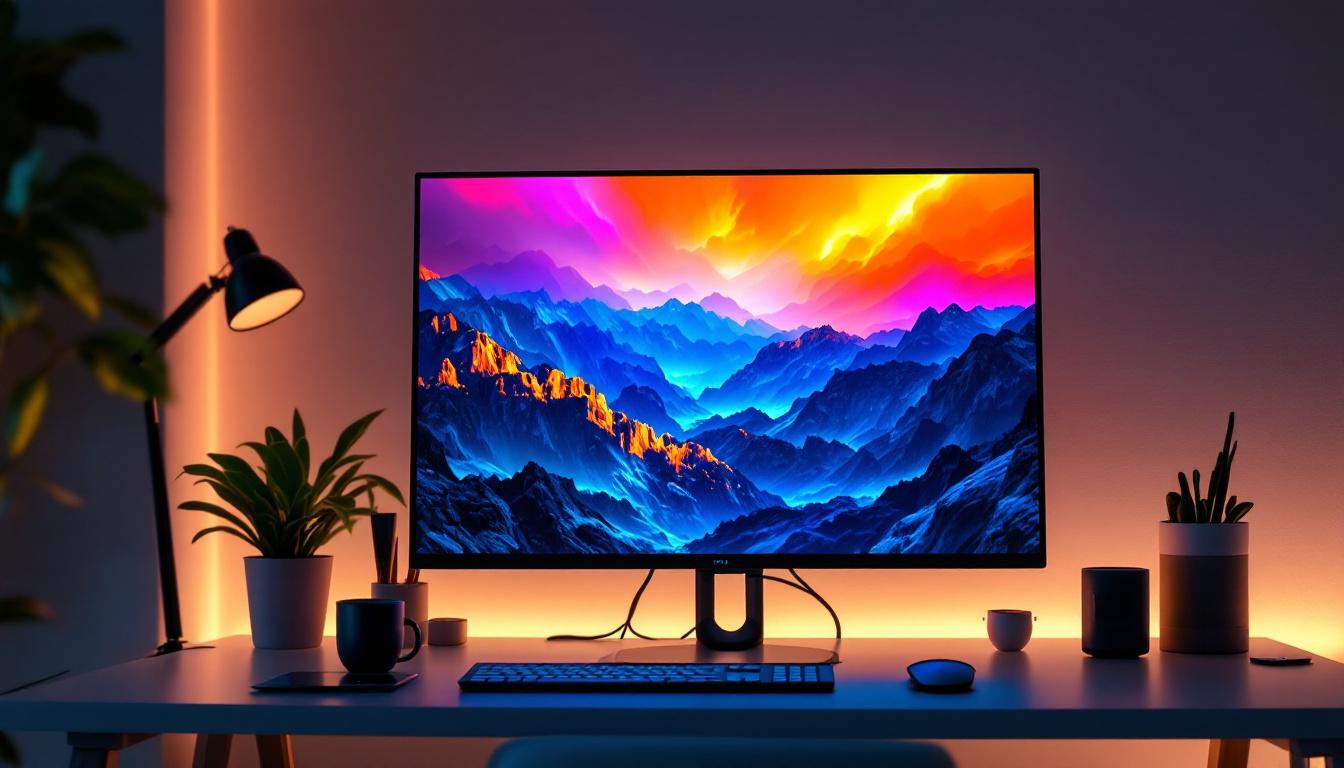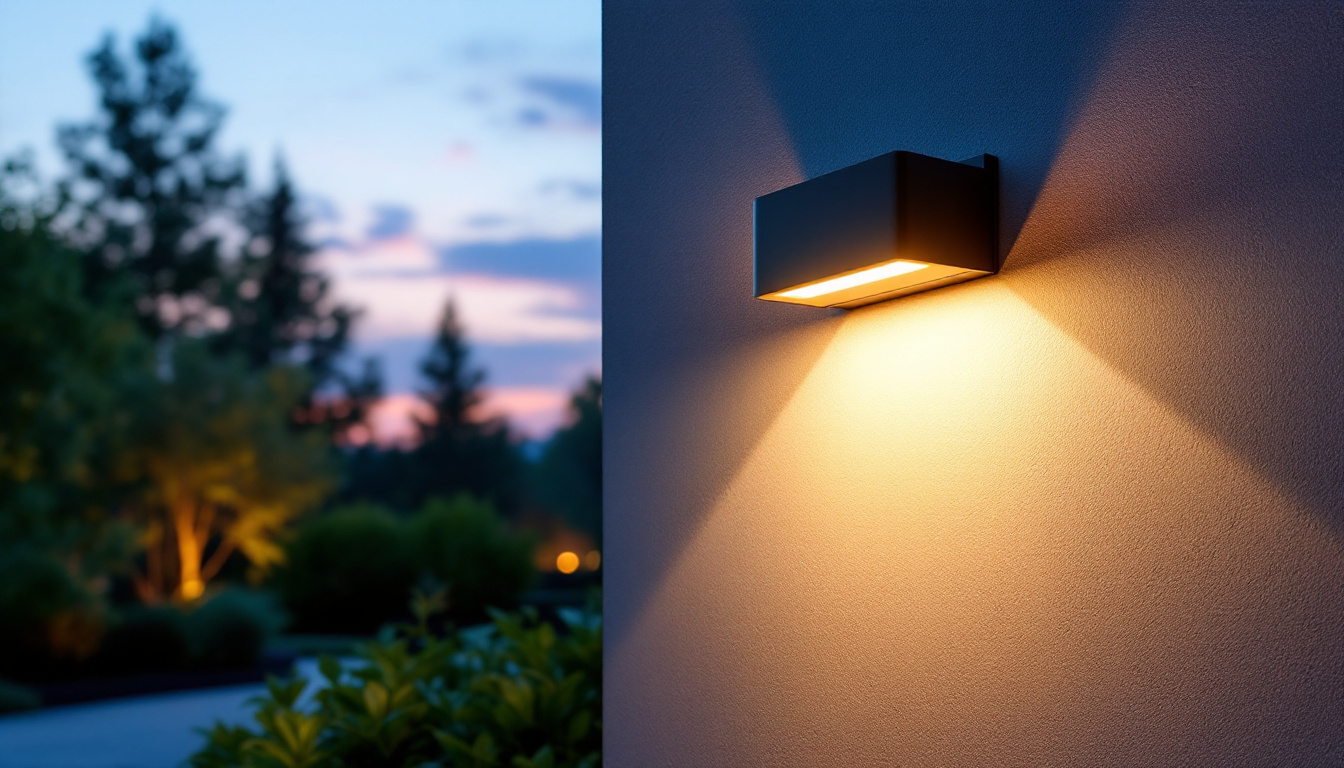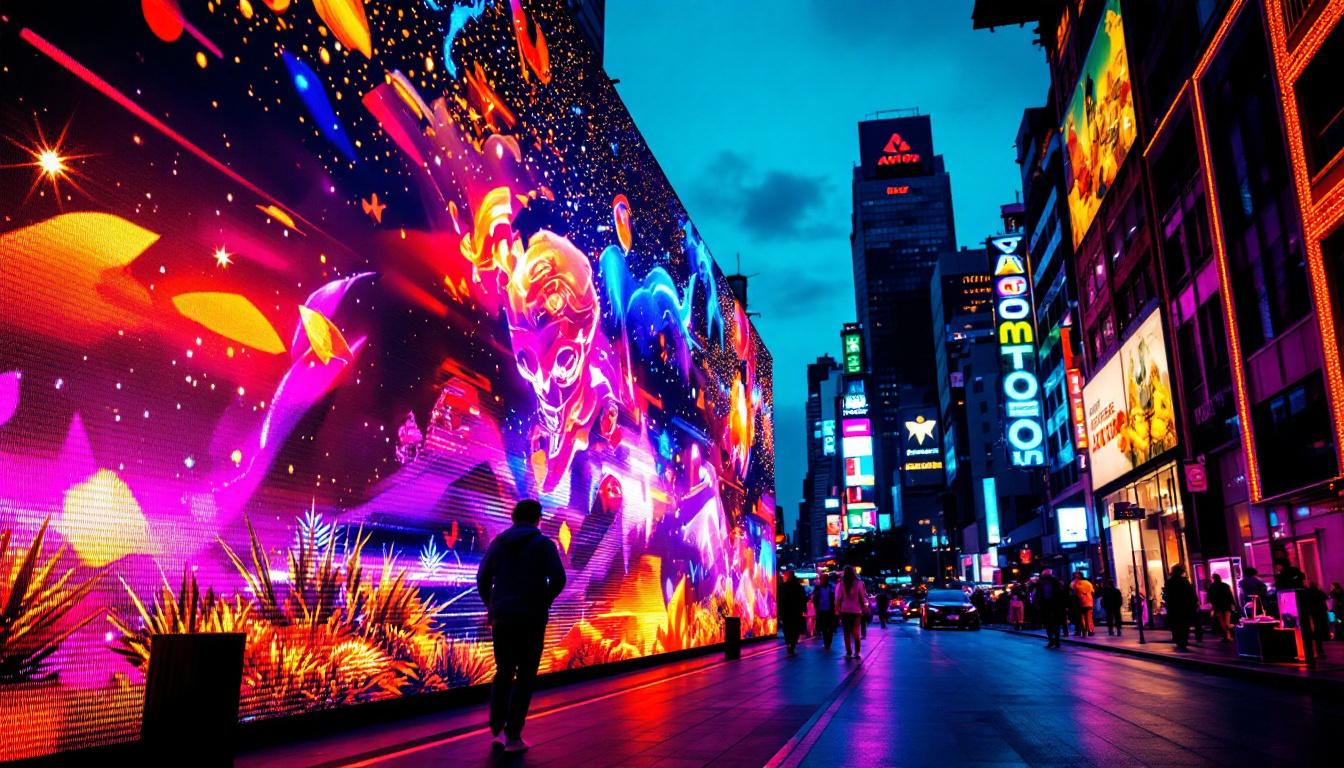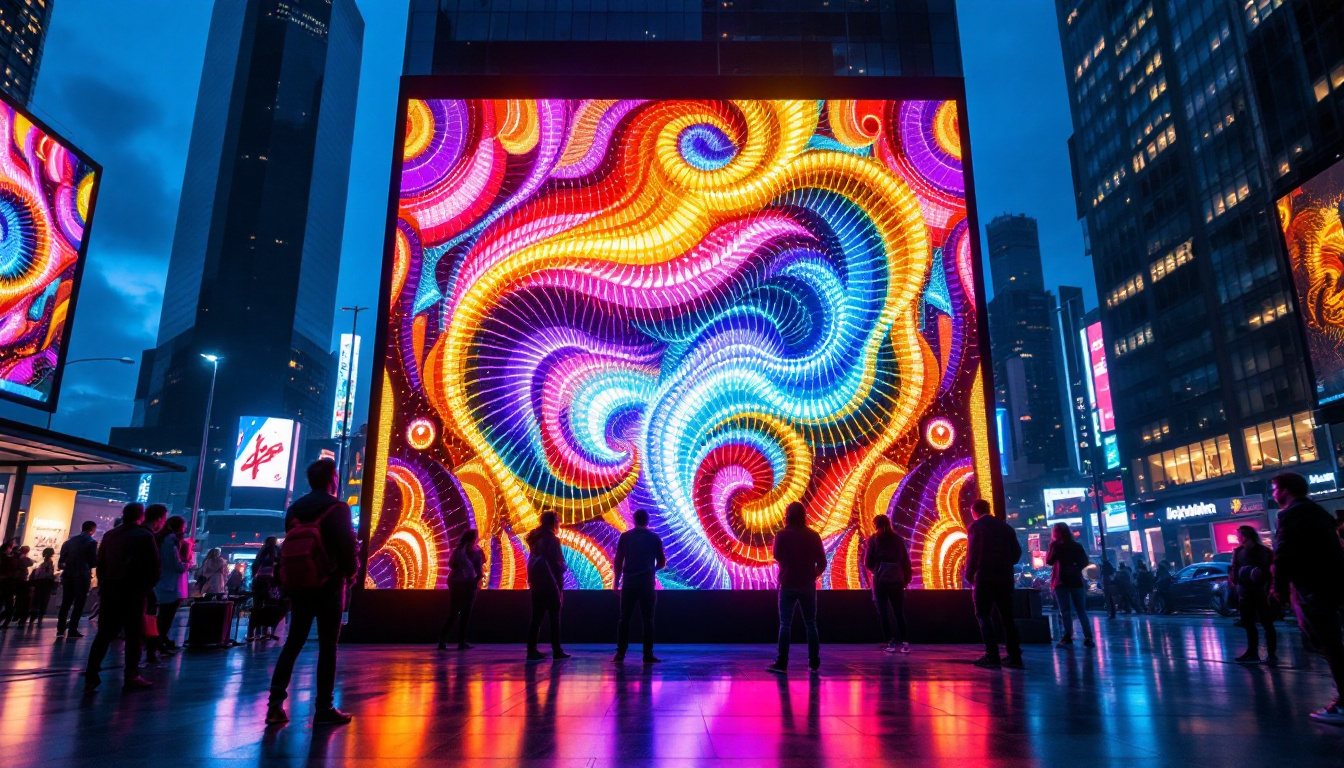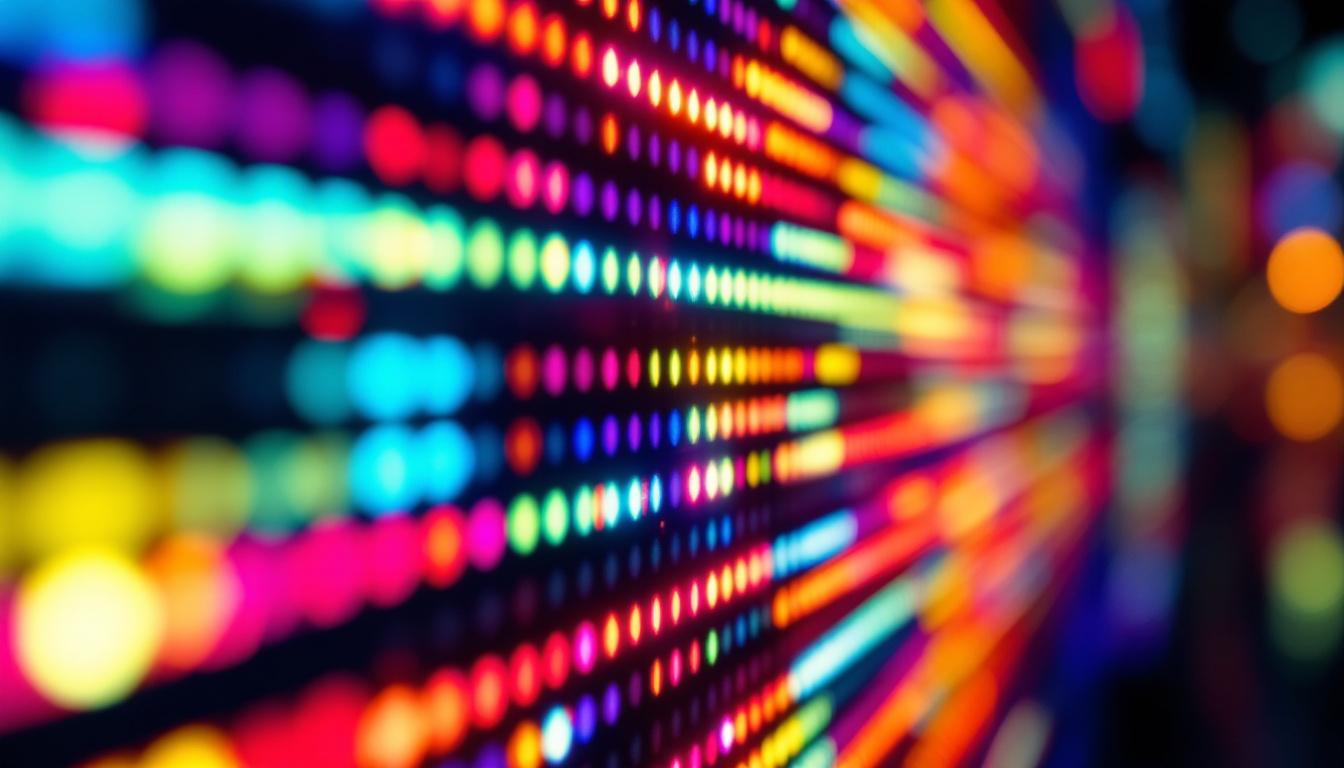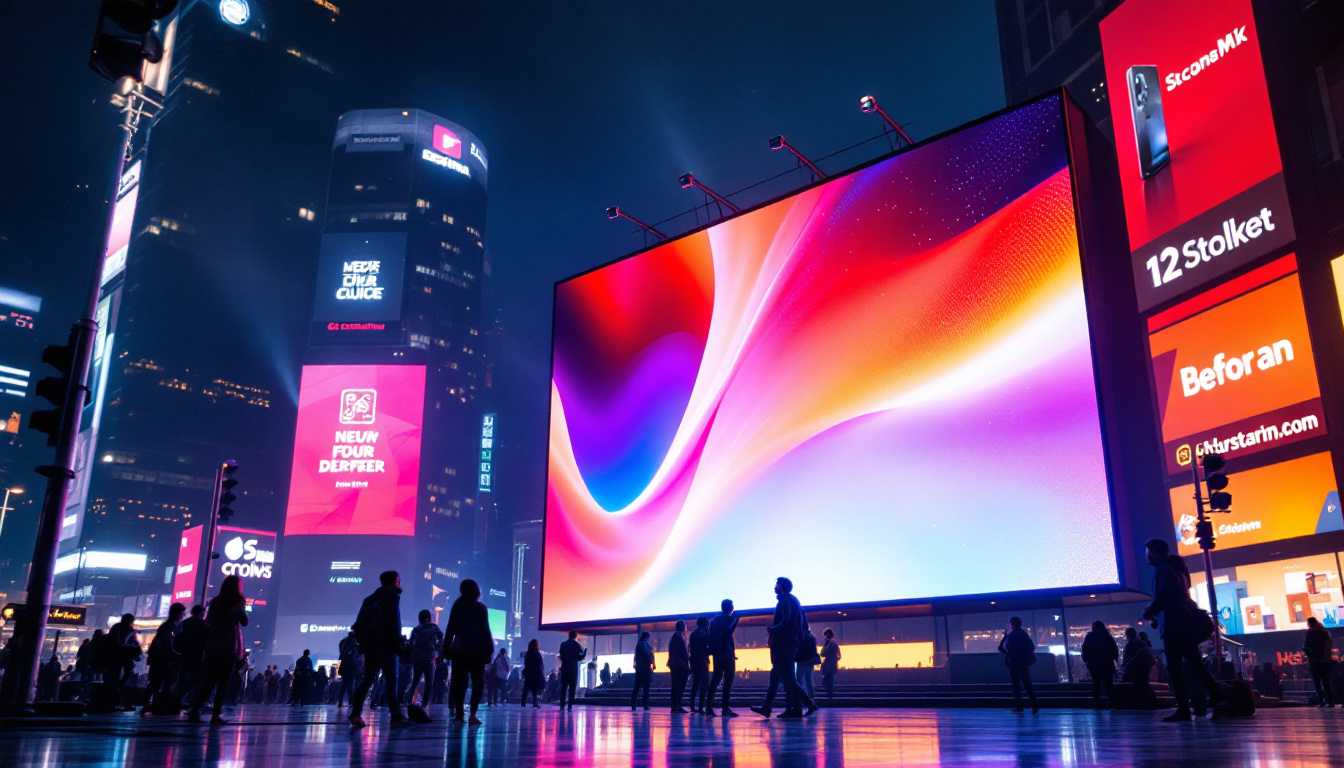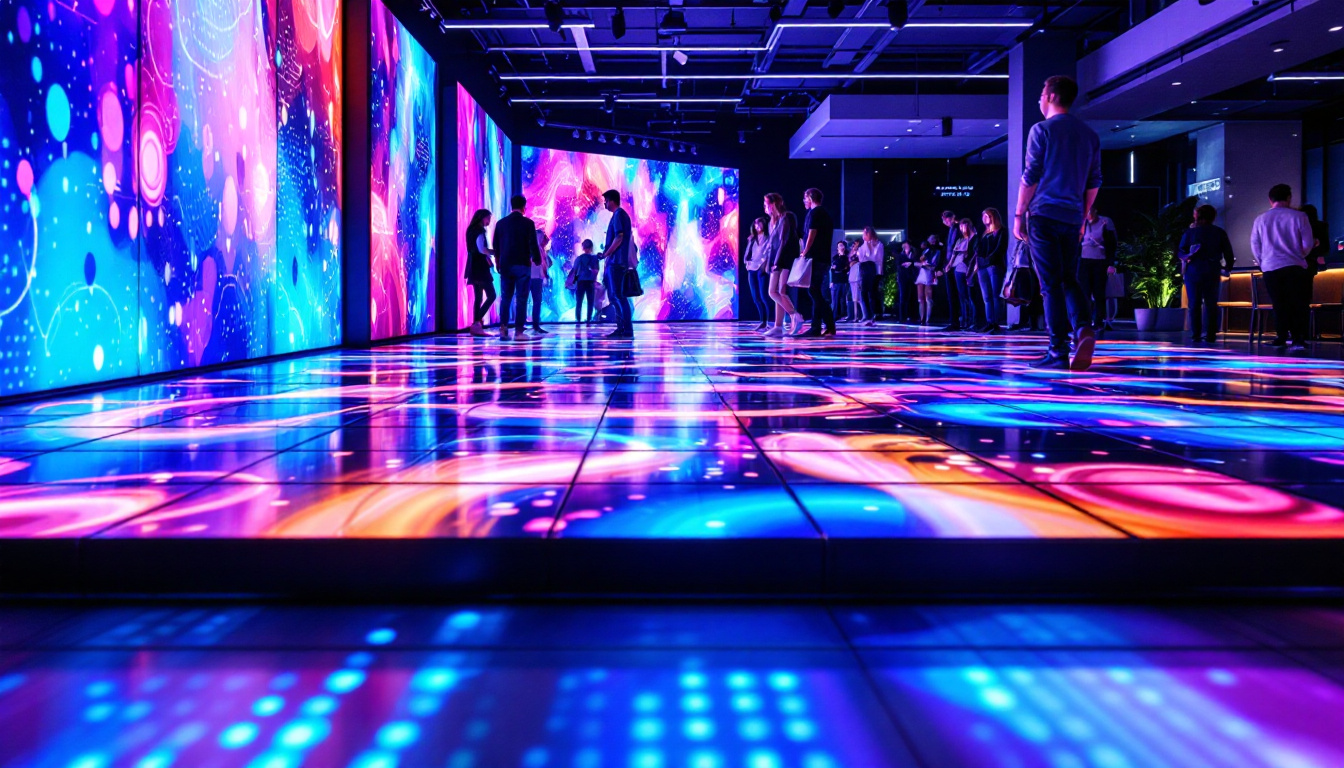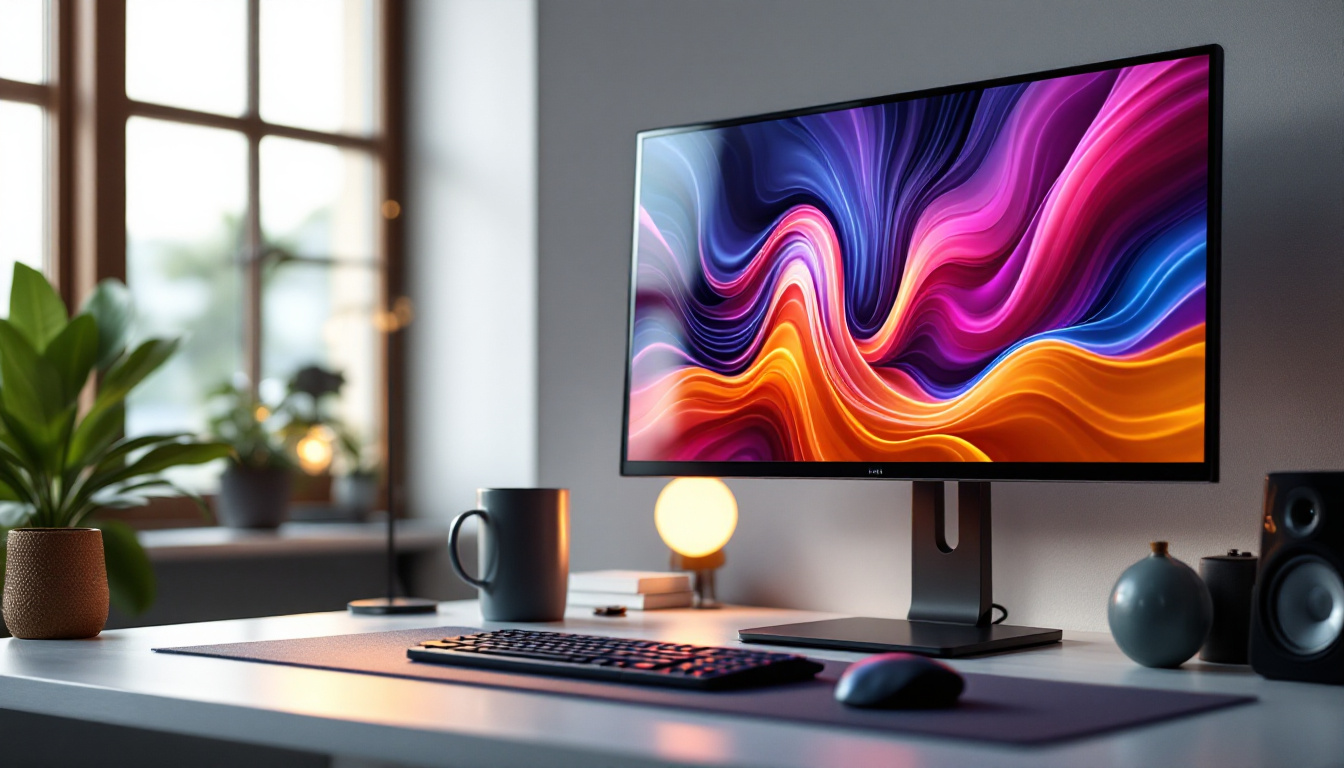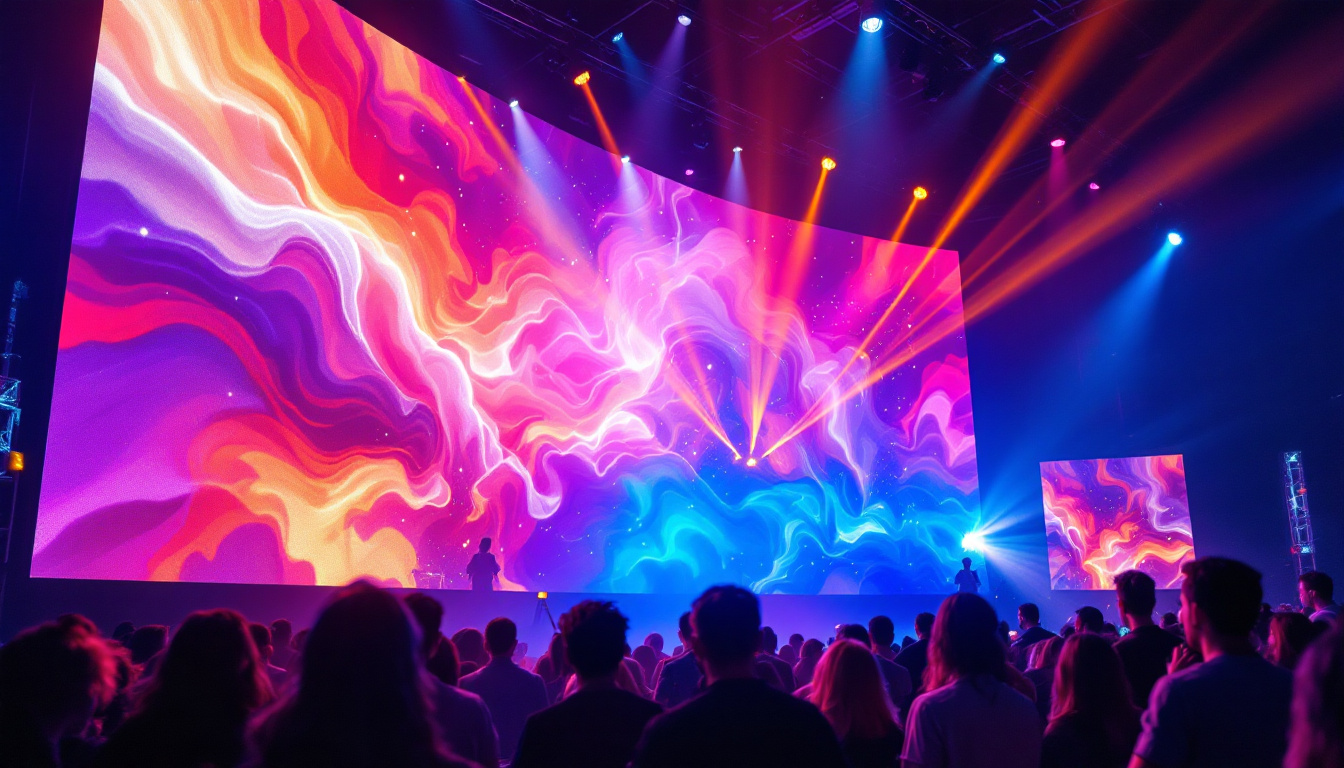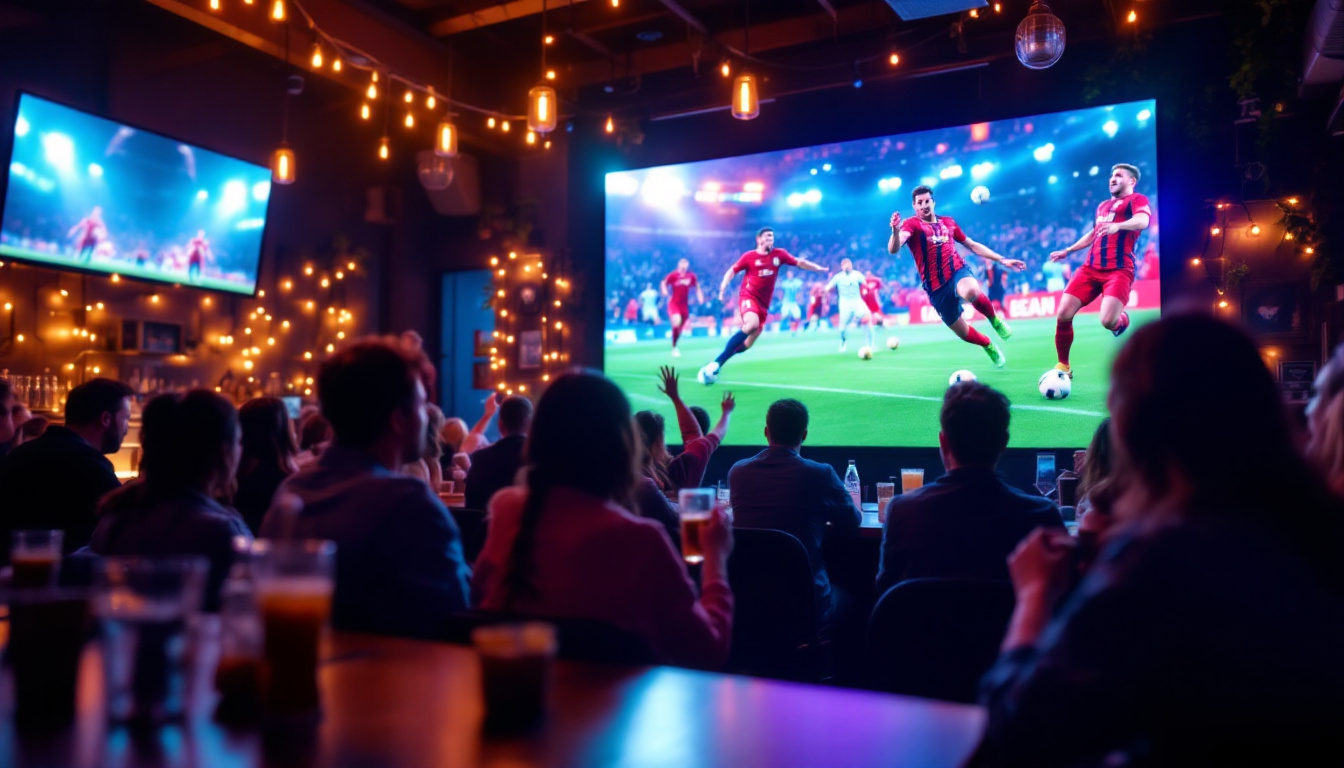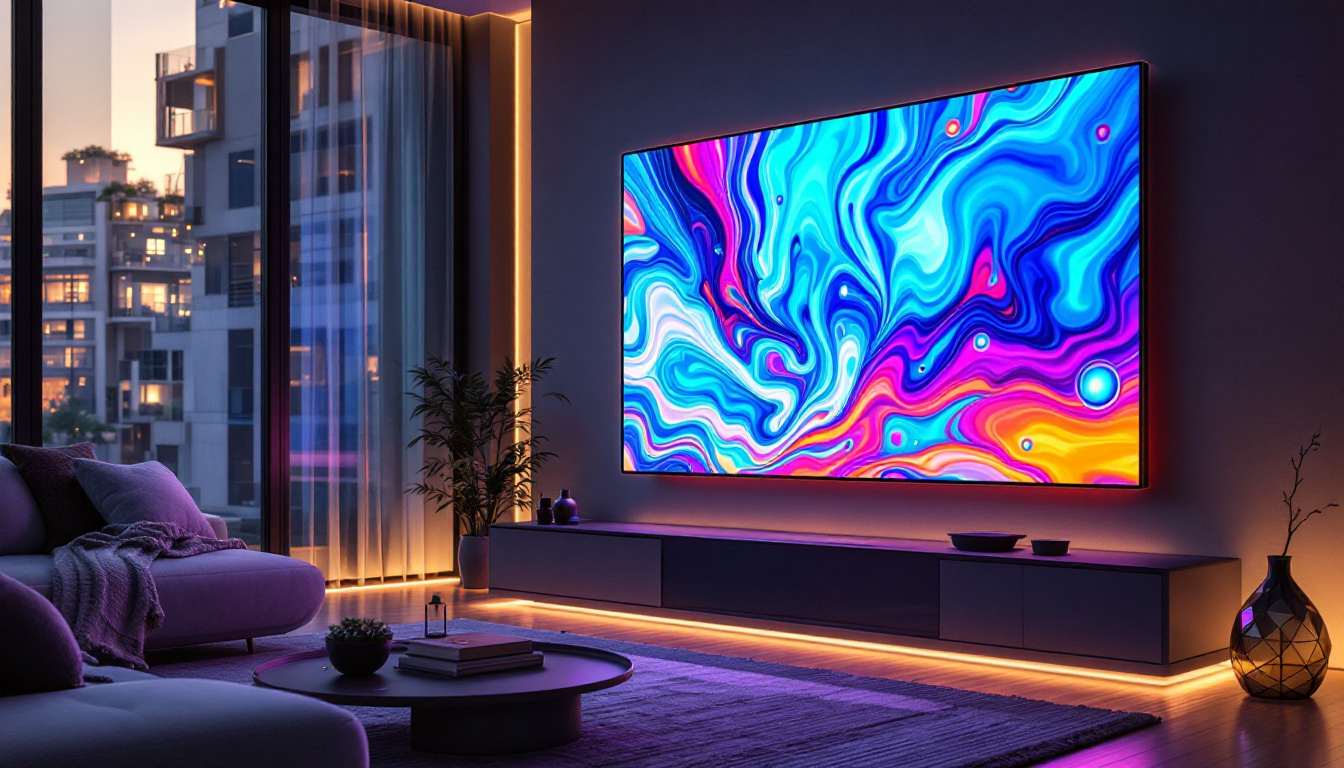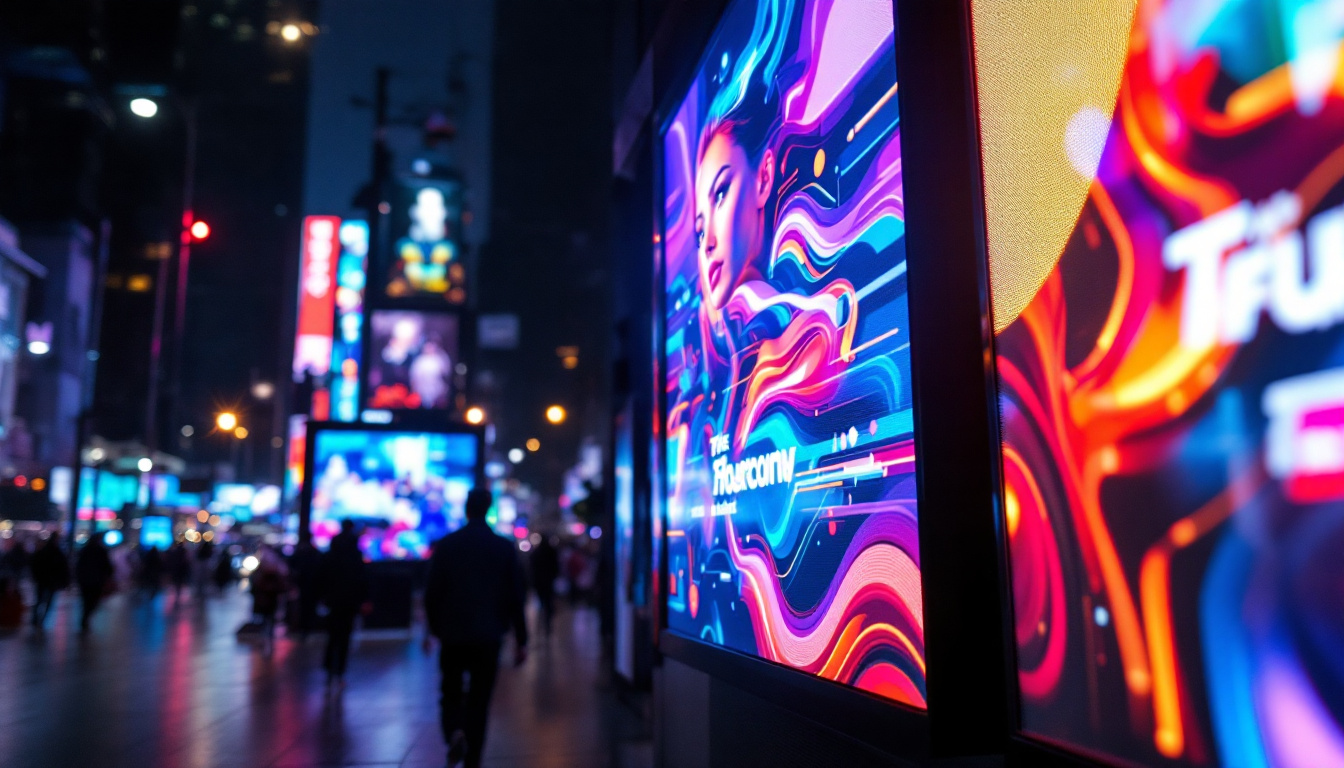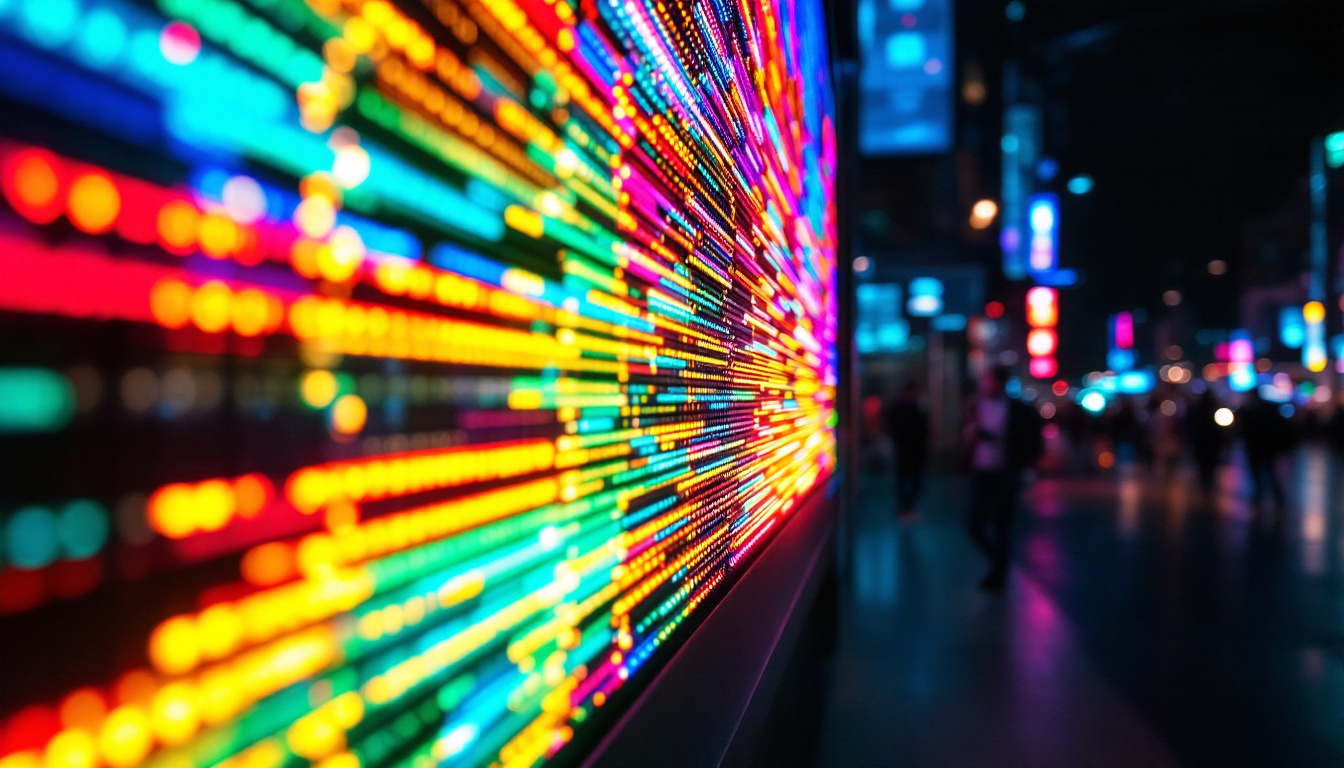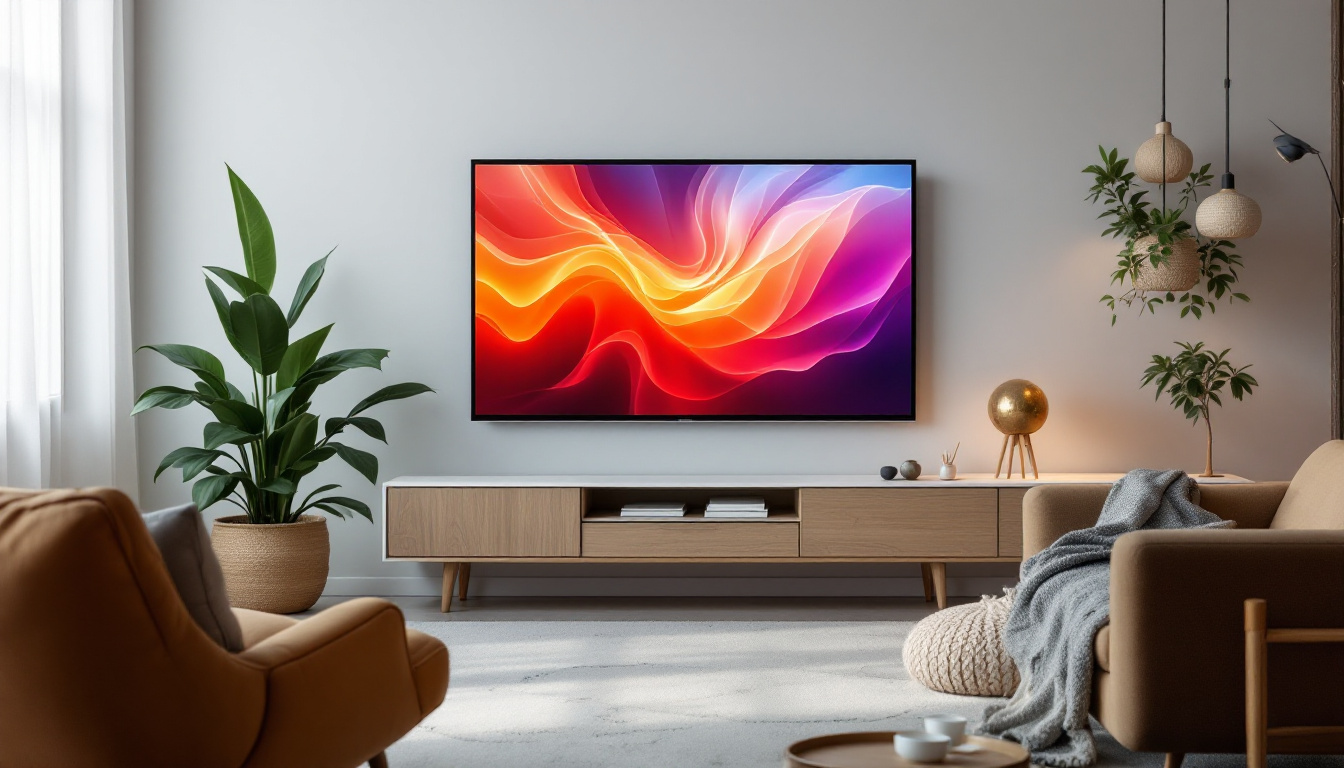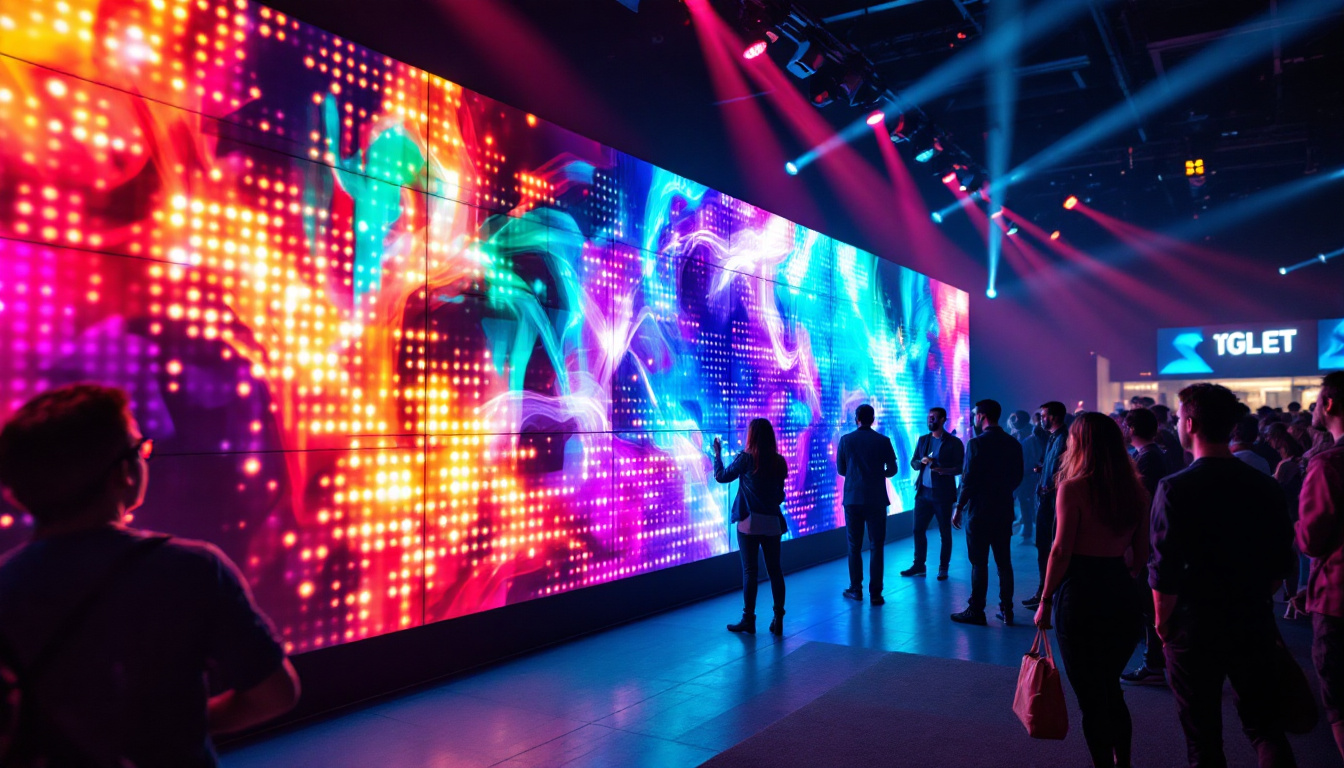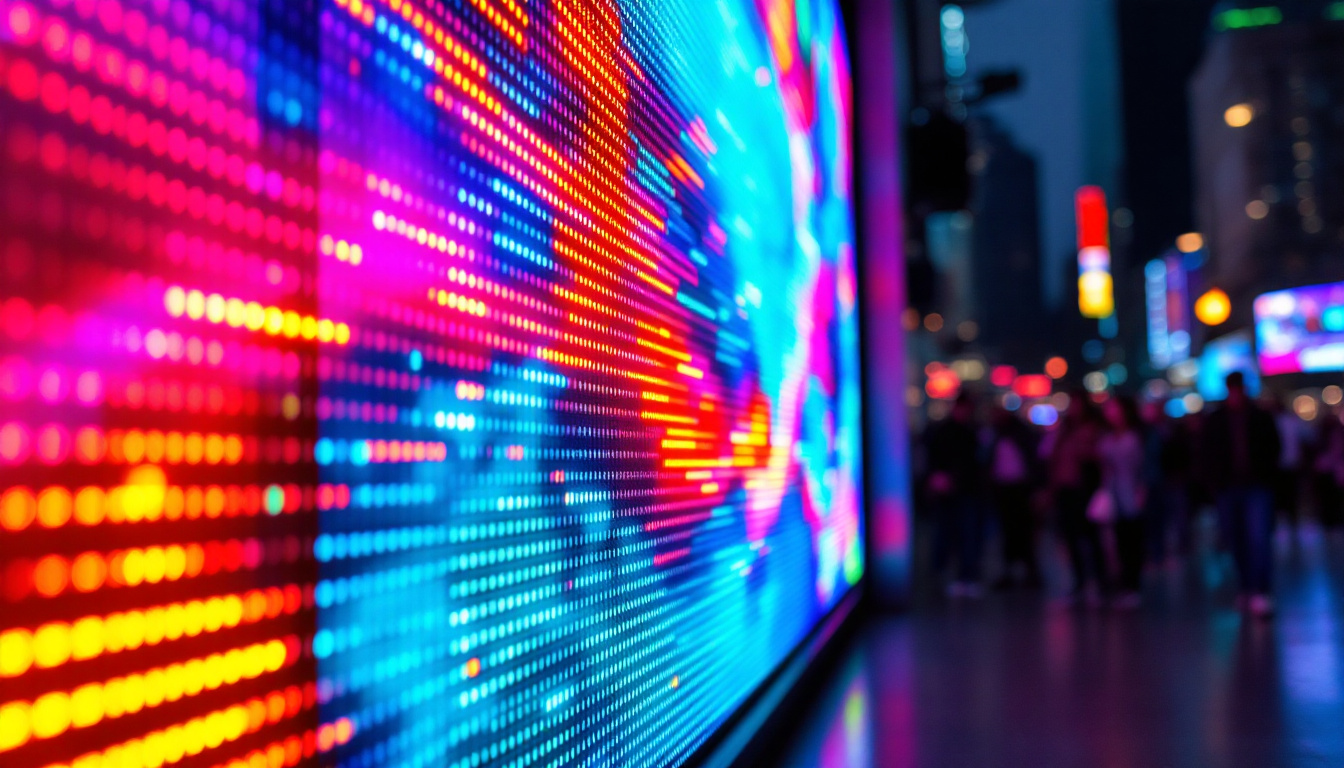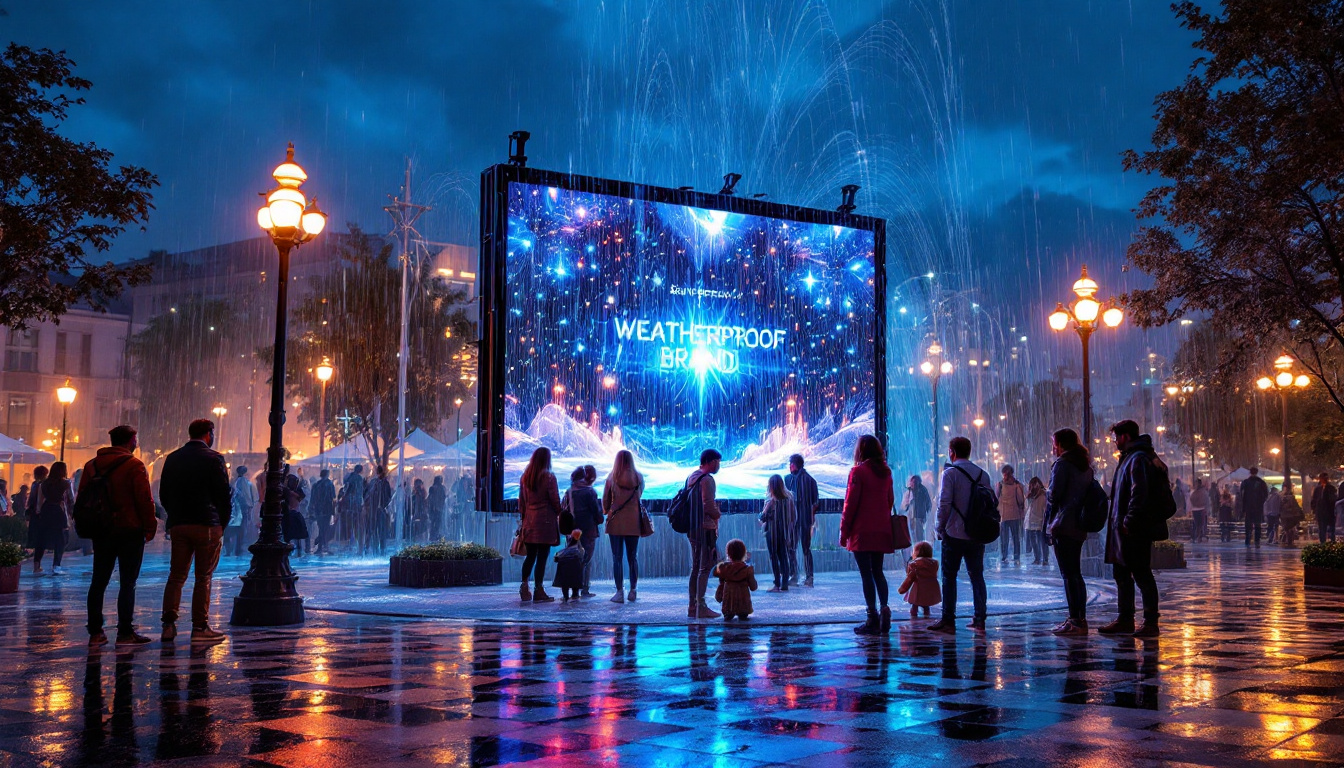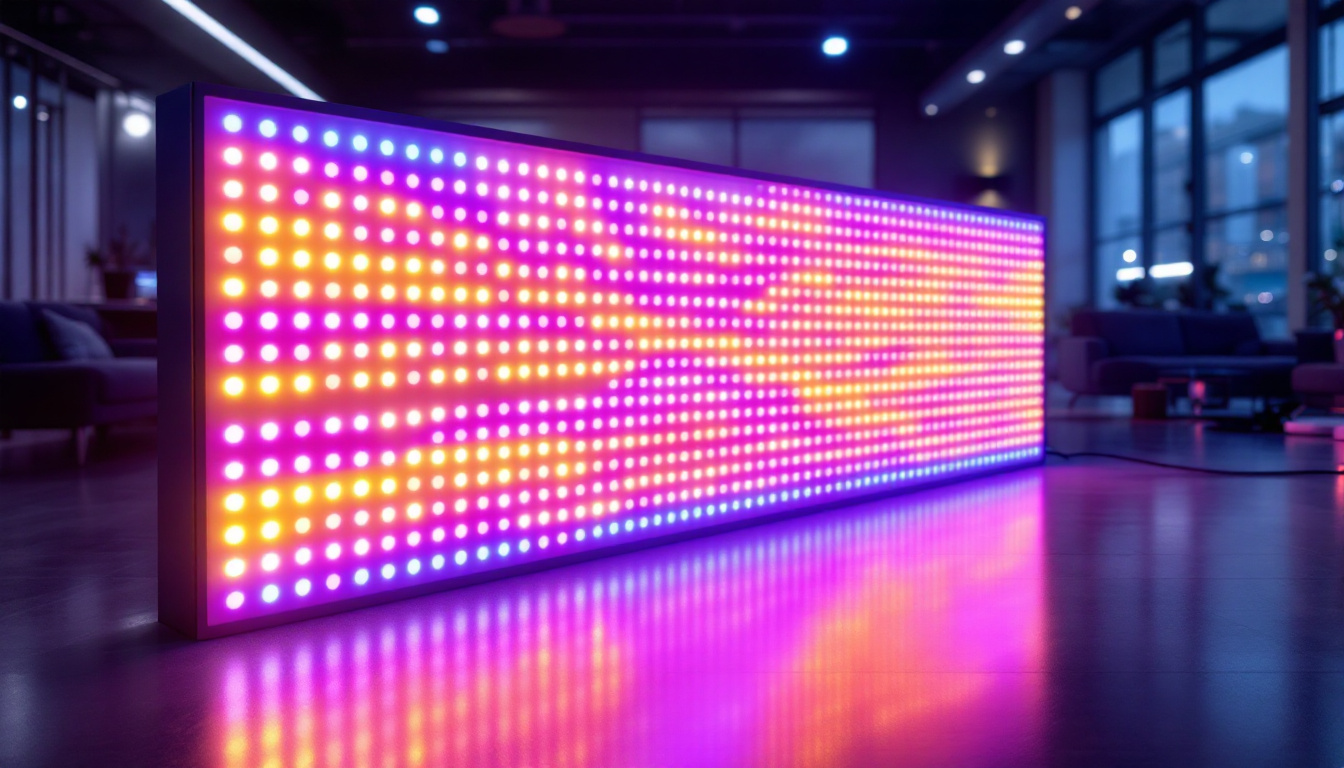In today’s digital age, large screen computer monitors have become essential tools for professionals, gamers, and creatives alike. Among the various display technologies available, LED displays have surged in popularity due to their superior image quality, energy efficiency, and sleek design. This article delves into the world of large screen LED monitors, exploring their technology, advantages, applications, and what to consider when choosing one.
Understanding LED Display Technology
What Is an LED Monitor?
LED stands for Light Emitting Diode, a technology that uses tiny diodes to emit light and create images on the screen. In the context of computer monitors, LED displays are essentially LCD (Liquid Crystal Display) panels that use LED backlighting instead of older CCFL (Cold Cathode Fluorescent Lamp) backlights. This shift to LED backlighting has transformed monitor performance and design. The advantages of LED technology extend beyond just energy efficiency; they also include improved color accuracy and a wider color gamut, which is especially beneficial for graphic designers and photographers who require precise color representation in their work.
Unlike traditional LCDs that rely on fluorescent tubes, LED monitors use arrays of LEDs positioned either along the edges of the screen (edge-lit) or directly behind the LCD panel (direct-lit or full-array). This difference in backlighting method significantly affects brightness, contrast, and uniformity of the display. Additionally, LED monitors tend to have faster response times compared to their CCFL counterparts, reducing motion blur during fast-paced video playback or gaming. This responsiveness is a key factor for gamers and multimedia enthusiasts who demand high performance from their displays.
Types of LED Backlighting
Understanding the types of LED backlighting is crucial for appreciating the quality variations among monitors:
- Edge-Lit LED: LEDs are placed around the edges of the screen, allowing for thinner panels and lower manufacturing costs. However, this can sometimes lead to uneven brightness and less precise local dimming. Edge-lit displays are often favored for their sleek design and lightweight construction, making them ideal for wall mounting and modern office setups.
- Direct-Lit LED: LEDs are placed directly behind the LCD panel but are not individually controllable. This provides better brightness uniformity than edge-lit but usually results in thicker panels. Direct-lit monitors are often used in environments where consistent lighting is essential, such as in medical imaging or graphic design, where accurate visual representation is critical.
- Full-Array Local Dimming (FALD): A grid of LEDs behind the screen can be dimmed or brightened in zones, enhancing contrast and black levels dramatically. This technology is prevalent in high-end monitors and TVs. FALD is particularly advantageous for viewing HDR (High Dynamic Range) content, as it allows for deeper blacks and brighter highlights, creating a more immersive viewing experience.
In addition to these types, it’s worth noting that advancements in LED technology continue to evolve. For instance, Mini-LED technology, which uses smaller LEDs for backlighting, is gaining traction. This innovation allows for even more precise control over local dimming zones, resulting in improved contrast ratios and color accuracy. As manufacturers strive to enhance the viewing experience, features such as adaptive refresh rates and enhanced color calibration are becoming more common, making LED monitors a versatile choice for a wide range of applications, from casual browsing to professional content creation.
Advantages of Large Screen LED Monitors
Superior Image Quality and Color Accuracy
One of the primary reasons professionals gravitate toward large LED monitors is their exceptional image quality. LED backlighting allows for higher brightness levels—often exceeding 400 nits in many models—making images vivid and clear even in well-lit environments. Additionally, full-array local dimming enhances contrast ratios, delivering deep blacks and vibrant colors.
Many LED monitors support wide color gamuts such as Adobe RGB and DCI-P3, which are indispensable for photographers, video editors, and graphic designers who require precise color reproduction. For example, a monitor covering 99% of Adobe RGB ensures that colors appear as intended in print and digital media.
Energy Efficiency and Environmental Impact
Compared to older CCFL-backlit LCDs, LED monitors consume significantly less power. According to the U.S. Department of Energy, LED-backlit displays can use up to 30% less electricity, which translates into lower energy bills and a reduced carbon footprint. This efficiency is especially important for businesses and individuals who use large monitors for extended periods.
Moreover, LED technology avoids the use of mercury, a hazardous substance found in CCFL backlights, making LED monitors a more environmentally friendly choice.
Design and Form Factor
LED backlighting enables manufacturers to produce thinner and lighter monitors without compromising on screen size or quality. This sleek design not only saves desk space but also contributes to a modern, professional aesthetic. Many large LED monitors feature ultra-thin bezels, making them ideal for multi-monitor setups where seamless screen real estate is essential.
Applications of Large Screen LED Monitors
Professional Workstations
In fields such as video editing, 3D modeling, and software development, large screen LED monitors provide the expansive workspace needed to handle complex projects. The combination of high resolution (often 4K or higher), accurate color reproduction, and large physical size allows professionals to view multiple windows simultaneously and work with fine detail.
For example, a video editor working with 4K footage benefits from a 32-inch or larger LED monitor with HDR support, which reveals subtle color gradations and shadow details crucial for post-production.
Gaming and Entertainment
Gamers increasingly prefer large LED monitors for immersive experiences. High refresh rates (120Hz, 144Hz, and beyond) combined with fast response times reduce motion blur and input lag, critical for competitive gaming. Additionally, technologies like NVIDIA G-Sync and AMD FreeSync synchronize the monitor’s refresh rate with the graphics card, eliminating screen tearing.
For entertainment, LED monitors with HDR (High Dynamic Range) capabilities enhance movie and streaming content by delivering brighter highlights and more nuanced shadows, enriching visual storytelling.
Office and Productivity Use
Large LED monitors boost productivity by allowing users to multitask efficiently. With ample screen space, professionals can keep multiple applications open side by side, reducing the need to switch between windows. This is particularly beneficial for financial analysts, programmers, and remote workers who rely on virtual meetings and multiple data sources simultaneously.
Furthermore, ergonomic features such as adjustable stands, blue light filters, and flicker-free technology help reduce eye strain during long working hours.
Key Features to Consider When Choosing a Large Screen LED Monitor
Screen Size and Resolution
Screen size is a subjective choice but generally, monitors 27 inches and above are considered large. For a truly immersive experience, sizes between 32 and 49 inches are popular. However, size must be balanced with resolution to maintain sharpness. For instance, a 32-inch monitor with 4K resolution (3840 x 2160 pixels) offers crisp images and ample workspace, while a 49-inch ultrawide monitor with 5120 x 1440 resolution provides a panoramic view suitable for multitasking.
Panel Type
The panel type affects color accuracy, viewing angles, and response times. The main types are:
- IPS (In-Plane Switching): Known for excellent color reproduction and wide viewing angles, ideal for creative professionals.
- VA (Vertical Alignment): Offers higher contrast ratios and deeper blacks but narrower viewing angles compared to IPS.
- TN (Twisted Nematic): Provides the fastest response times but generally poorer color accuracy and viewing angles, often favored by competitive gamers.
Refresh Rate and Response Time
Refresh rate, measured in Hertz (Hz), indicates how many times per second the screen updates. Higher refresh rates (120Hz, 144Hz, or 240Hz) deliver smoother motion, which is critical for gaming and video playback. Response time, measured in milliseconds (ms), refers to how quickly pixels can change color; lower values reduce motion blur.
Connectivity Options
Modern LED monitors come with a variety of ports including HDMI, DisplayPort, USB-C, and USB hubs. USB-C connectivity is increasingly important as it supports video, data transfer, and power delivery through a single cable, simplifying desk setups especially for laptop users.
Additional Features
Consider features such as HDR support, built-in speakers, adjustable stands, and blue light filters. HDR enhances color and contrast, while ergonomic stands improve comfort. Blue light filtering and flicker-free technology help protect eye health during extended use.
Future Trends in Large Screen LED Monitors
Mini-LED and Micro-LED Technologies
Emerging technologies like Mini-LED and Micro-LED promise to revolutionize LED displays further. Mini-LED uses thousands of tiny LEDs for backlighting, enabling even more precise local dimming and higher contrast ratios. Micro-LED, still in early stages, integrates microscopic LEDs directly into the display surface, offering superior brightness, color accuracy, and energy efficiency without the limitations of LCD layers.
Curved and Ultrawide Displays
Curved large monitors are gaining traction as they provide a more natural field of view and reduce distortion at the edges, enhancing immersion. Ultrawide monitors with aspect ratios like 21:9 or 32:9 offer expansive horizontal workspace, ideal for multitasking and immersive gaming.
Integration with Smart Technologies
Future LED monitors are expected to integrate more smart features such as AI-driven calibration, voice control, and seamless connectivity with IoT devices, enhancing user experience and productivity.
Conclusion
Large screen LED monitors represent a significant advancement in display technology, combining high image quality, energy efficiency, and versatile design to meet the needs of diverse users. Whether for professional content creation, immersive gaming, or productivity enhancement, understanding the nuances of LED technology and key features helps consumers make informed decisions.
As technology evolves, innovations like Mini-LED, Micro-LED, and ultrawide curved displays will continue to push the boundaries of what large screen monitors can offer. Investing in a quality LED monitor today not only improves current workflows but also prepares users for the future of digital interaction.
Explore Cutting-Edge LED Displays with LumenMatrix
Ready to elevate your visual experience with the latest in LED display technology? Discover LumenMatrix’s innovative solutions tailored to your needs. From captivating Indoor and Outdoor LED Wall Displays to dynamic Vehicle and Sports LED Displays, LumenMatrix offers a wide range of products designed to revolutionize visual communication. Whether you’re looking to create an immersive gaming setup, enhance your professional workspace, or engage audiences with high-impact digital signage, LumenMatrix has the state-of-the-art LED display modules to bring your vision to life. Check out LumenMatrix LED Display Solutions today and see how they can transform your space with clarity and brilliance.

